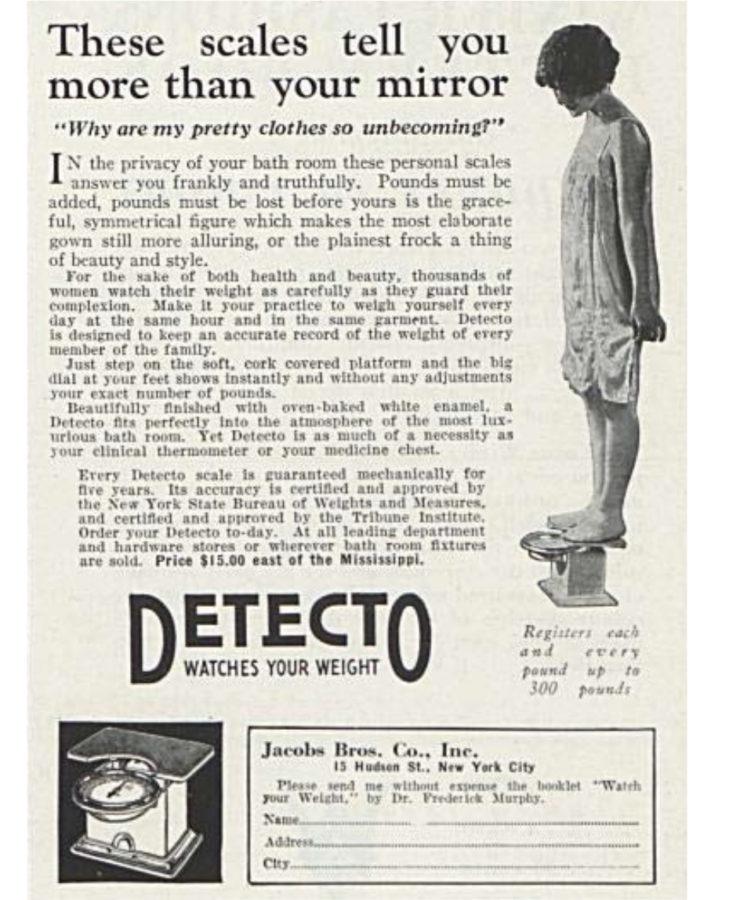ISU faculty, former master’s student in the spotlight
Microsoft Word – Figure 1.doc
April 27, 2015
Sara Marcketti, associate director of apparel, merchandising and design, and Carmen Keist, ISU alumna, were recently featured in the Wall Street Journal.
The two were mentioned in “Women Note the Minuses of ‘Plus-Size’: The backlash against ‘plus-size’ is the latest wrinkle in the history of a term that dates back to the flapper era of the 1920s.” This article discussed the latest social media campaign called #DropThePlus, an effort to diminish the use and even mention of the term “plus-size” along with the origination of the term and prevalence now.
This wasn’t the first time either of them have done a case study like this before. Marcketti has had 49 papers published in peer-reviewed journal articles.
“These works include history of the apparel industry and scholarship of teaching and learning,” Marcketti said.
The two worked together during Keist’s master’s. The work looked at the history of rayon’s introduction to the public. It was co-advised by Marcketti and Sara Kadolph.
The article touched on how television personalities like “The Biggest Loser” former Australian host Ajay Rochester has been advocating the negativity of the term “plus-size” with loud Instagram posts and how Australian models have taken note and followed the campaign.
Ben Zimmer, author of the Wall Street Journal article, dates the term back to 1920 when the flapper era was relevant and this is where Marcketti and Keist’s input was mentioned. They collaborated on an article called “The New Costumes of Odd Sizes” Plus-Sized Women’s Fashions, 1920-1929. In the article, they reflected on a study they conducted about the lack of ready-to-wear garments for plus-size women during the 1900s to the 1930s.
The study had been in the works for many years and began when Keist was a master’s of science student.
Zimmer spoke of how a woman in the 1920s was either slender or stout. The ISU women found and then spoke of how stout was used to describe overweight women, which accounted for 12.7 percent of the total U.S. population in 1916. During the 1920s the term was used to reference women whose body type did not adhere to typical fashion proportions. It was even known to be a synonym for a matronly appearance.
“It was really neat to be emailed and to see our work broadcast to a wider audience,” Marcketti said.







